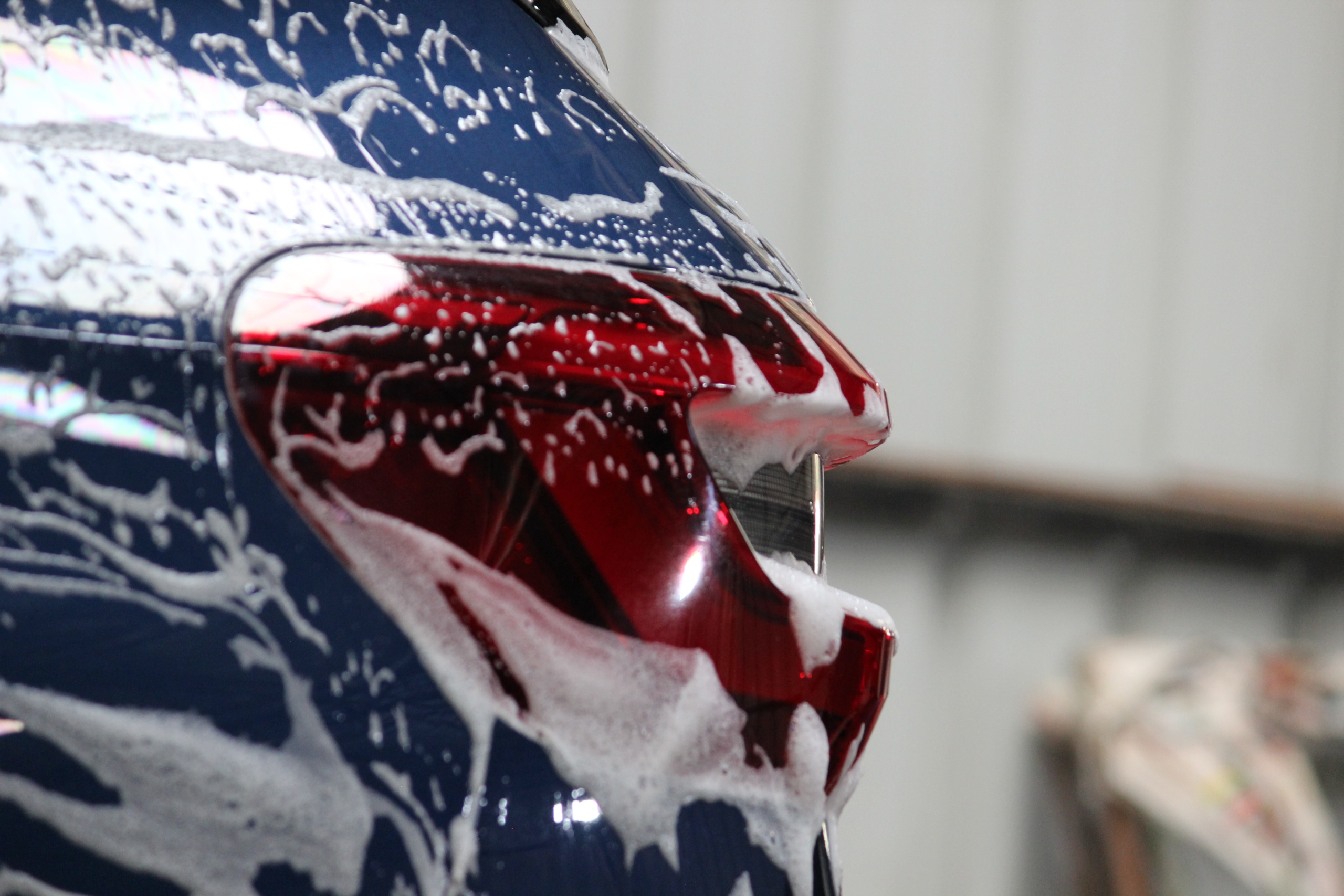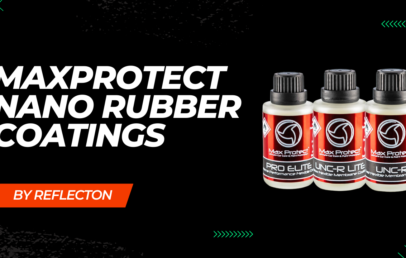Some of us wash our cars, some of us take our cars to a car wash, and most of us get our cars washed by the security or by someone we’ve appointed to do the job. Regardless of where we get it done, understanding these common mistakes can help keep your paint in pristine condition for a long time.

Wrong washing order
The order in which we wash the car doesn’t seem that important at first, but doing it incorrectly can have adverse effects on the paint, plastics, and glasses. For instance, if we start with our doors and end with the roof. We’re taking all the dirt, mud, and grime from the doors to the roof and inadvertently scratching it. Following the right order can go a long way.
#link (right order to the right order section in how to wash your car blog)
Using the Wrong Chemicals
This is something most of us are guilty of getting wrong. We take the dish soap, shampoos we use on our heads, or anything that we can get our hands on that foams up. This may seem innocent enough at first but is damaging to the paint and plastics on the car. It causes premature fading and gives the plastics a washed-out look. If you do end up using human shampoo on cars because they’re cheaper. Make sure to wash it off as soon as possible, letting the shampoo sit for long isn’t good for the paint. Hence, it is a good idea to invest in shampoo that is specifically made for washing the car.
Time of Wash
The time that you wash your car is also very important. It is advisable to do it either early in the morning or late in the evening. Washing your car under the scorching sun makes the soapy surfactants in the shampoo dry fast and leave residue on the surface. The water also dries up fast, leaving watermarks on the surface. Watermarks are often very hard to remove, they require specialized and concentrated chemicals to remove. To avoid this, it is always advised to wash your car when it’s relatively cooler. Washing your car under direct sunlight is a definite no-no.
Not using the right tools
I’ve seen people buy a block of sponge, dip it in soapy water and clean their car. This will definitely cause swirls at best or deep scratches at worst. Sponges are very abrasive, and trap the dirt and drag it on the paint causing damage. The clear coat on the paint is very delicate it needs proper care and use of the right products to maintain it. One way to protect the clear coat is to get a premium coating or a paint protection film on it. You need to use a lambswool or microfiber wash mitt to wash your car.
Using dirty towels
It is very common for people to use the same microfiber they use for the alloys, on the paint. This will bring the dirt front the dirtiest part of the vehicle, the wheels, to the surface. This again will cause swirls and scratches on the surface. It is advisable to keep separate microfiber towels for dedicated surfaces.
#link (separate microfiber towels to microfiber part of how to wash cars)
Not drying the vehicle
Most people let their cars air dry after a wash. Water sitting on the surface dries, leaving behind the salt and other contamination in it. This hardens on the clear coat forming a watermark. Watermarks are very difficult to remove and require the use of specialized chemicals.
Waterspots can form anywhere where there can be water. When washing your car, you are likely to use water. This water flows into small holes and crevices, which are not always accessible. The water on top of body panels can reasonably easy be removed by drying the surface with a quality drying towel. But the difficult or impossible to reach areas can still get water in it, and can still get wet. Which means waterspots can form. Very common places to find waterspots are: behind door hinges, on the underside of a car, under the hood, behind the mirror in the side mirror, inside door panels, suspension parts and the underside of bumpers. Due to the transparency of car windows, waterspots on glass are very easy to spot.
Not drying the vehicle properly
Drying the vehicle the right way is crucial to protect it from water spots and scratches. To prevent scratches when drying a car, you need to minimize the pressure on the cloth and need to do it fast, before the heat does it for you. A Drying Chamois, water-absorbent microfiber towels or an air dryer will come in handy and will help you get the job done safely and efficiently.

Not protecting the finish
If you have gotten your car protected with a paint protection film or a premium coating, you don’t have to worry about this step. Others however need to. If you had wax applied to the car, it is very likely that the wash, washed the wax off and it’s time to apply a new layer of wax on the paint.
An example of a Protected finish with Maxprotect UNCR -Nano Rubber Coating.

Not immediately cleaning off bird poop
Bird poop contains Uric Acid, its pH can range anywhere from 3 to 4.5. This level of acidity can cause severe damage to the paint if left on the surface for too long. The bird poop will eat through the clear coat unless you have some sort of protection on the paint. Check out our blog on how to safely remove bird poop.

Automatic Car Washes
The brushes used by automatic washes are usually not properly maintained and thus, make deep micro scratches on the car’s surface, also called swirl marks. The swirl marks can appear after just one visit, but in time, after repeated washes, the damage builds, eventually resulting in the paint becoming dull and the scratches extremely visible.
Examples of scratches created by the bristles on an automatic car washing bay.

Conclusion
Washing your car needn’t be a daunting task. By following the right steps and avoiding common mistakes you can safely wash your own car. If you don’t have access to a lot of water or want to save water that is wasted on washing a car, you can check out a neat mechanism we’ve come up with to clean your car with ease and minimal effort.

Disclaimer : The content provided on this blog by Torquoholic is intended for informational purposes only. The views and opinions expressed herein are those of the individual authors and do not necessarily reflect the official policy or position of Torquoholic as a whole.
Some content posted on this blog is created by Torquoholic's team, while other content is derived from various sources on the internet, books, discussions, and knowledge sharing by industry professionals. While we strive to ensure the accuracy and reliability of the information provided, we cannot guarantee its completeness or timeliness.
The information presented on this blog is based on our personal research and understanding of the topic at hand. It should not be interpreted as a comprehensive education on the subject matter. Readers are encouraged to conduct their own research and consult with relevant professionals for specific advice or information.
Torquoholic shall not be held liable for any errors, omissions, or inaccuracies in the content provided on this blog, nor for any actions taken in reliance thereon. We disclaim any responsibility for the content of external websites linked to from this blog.
By accessing and using this blog, you agree to indemnify and hold Torquoholic and its authors harmless from any claims, damages, or losses arising from your use of the information provided herein.
Thank you for your understanding and continued support.




